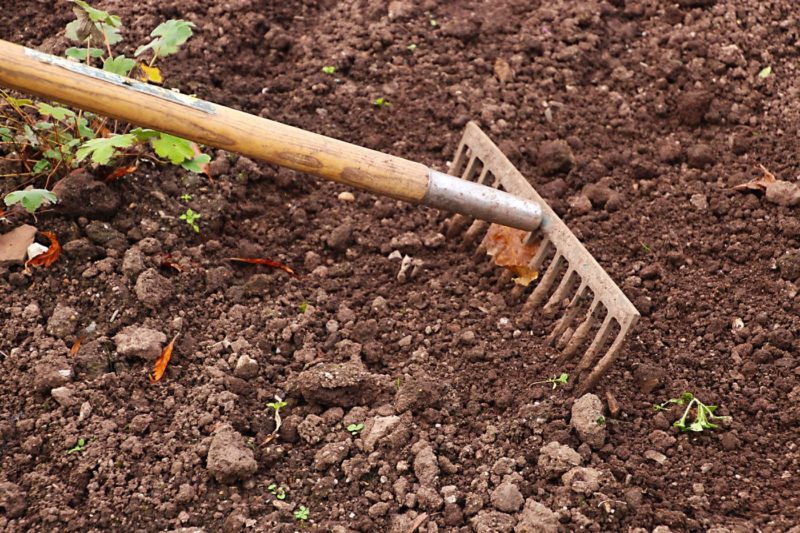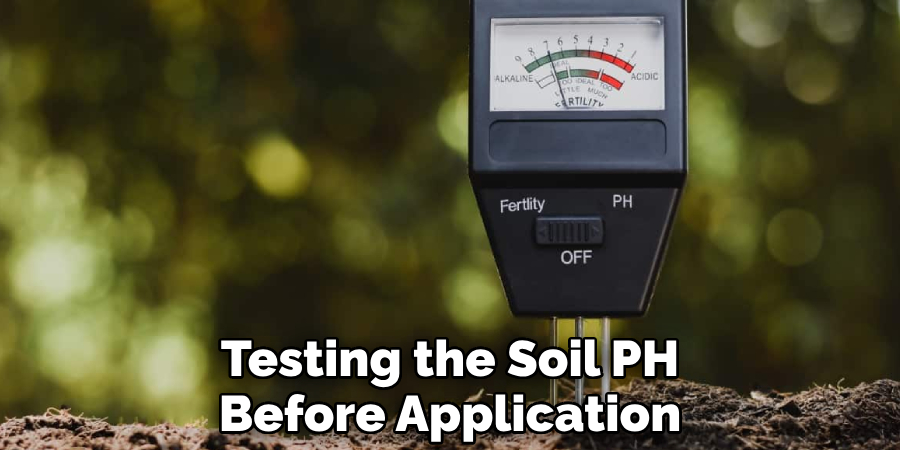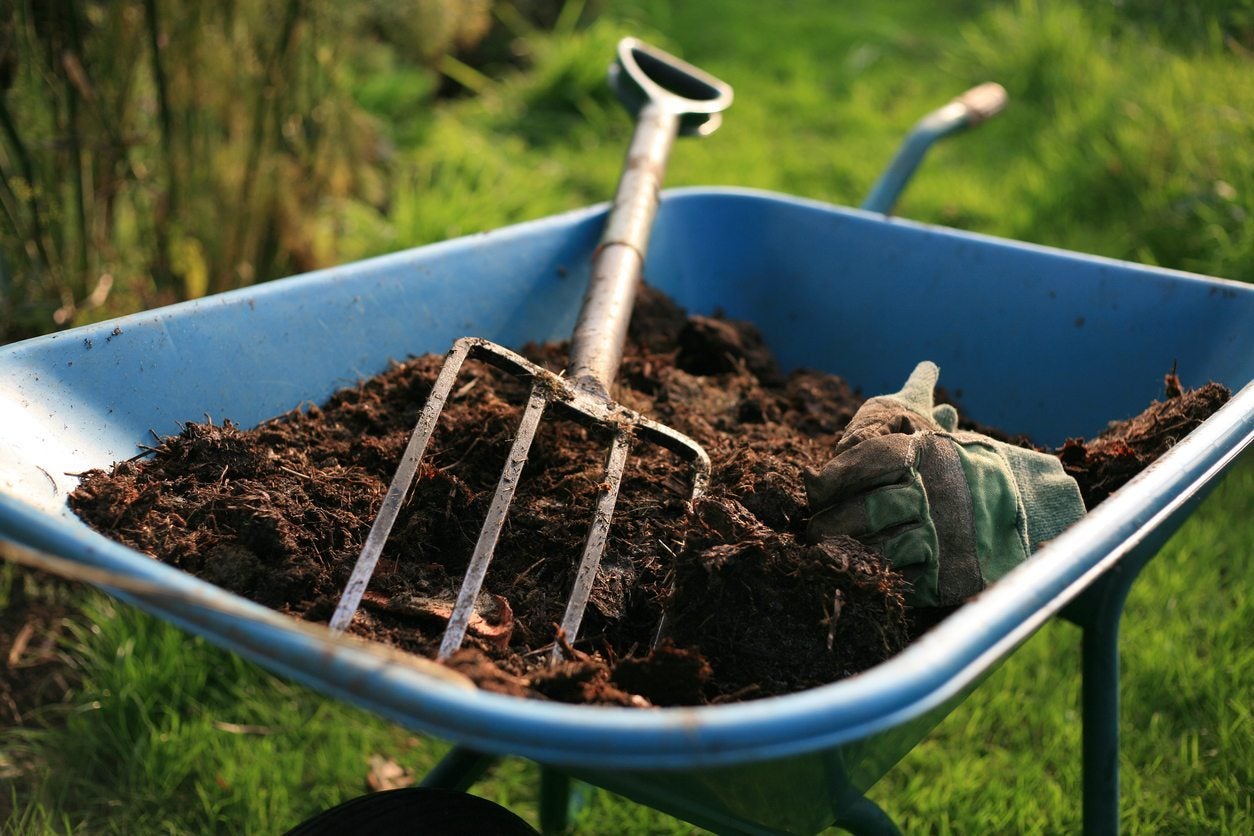If you’re wondering how to use soil conditioner, the process is relatively straightforward. To begin, spread the soil conditioner evenly over the surface of the soil. Once applied, use a garden fork or tiller to mix the conditioner thoroughly into the top layer of soil.
This ensures that the conditioner is properly incorporated and distributed throughout the soil. Soil conditioner is a valuable tool for maintaining healthy soil and promoting optimal plant growth. By following these steps, you can effectively use soil conditioner to enhance the quality of your soil and create a favorable environment for your plants.
Whether you are an avid gardener or a professional landscaper, understanding how to properly use soil conditioner is crucial. This organic material can improve soil structure, enhance water retention, and provide essential nutrients to plants. By following a few simple steps, you can ensure that you get the most out of your soil conditioner application.
In this article, we will explore the proper techniques for using soil conditioner effectively, including the best time to apply it and the recommended amount for different soil types. By incorporating soil conditioner into your gardening routine, you can create a nutrient-rich environment that will support the health and vitality of your plants.

Credit: morningchores.com
How to Use Soil Conditioner: Step-by-Step Guide
Understanding Soil Conditioner
Soil conditioner is a vital component for maintaining the health of plants and soil. It enhances the structure and texture of the soil, making it more conducive for plant growth. The main purpose of a soil conditioner is to replenish the nutrients in the soil and improve its water retention capacity.
It acts as a supplement to fertilizers, providing essential elements for plant development. Adding a soil conditioner also aids in preventing soil erosion and compactness, enabling better air circulation and root penetration. Soil conditioners can be organic or inorganic and are available in various forms such as compost, biochar, and peat moss.
By incorporating a soil conditioner into your gardening routine, you can ensure that your plants receive the necessary nutrition and support for their optimum growth.
Choosing The Right Soil Conditioner
Choosing the right soil conditioner is crucial for maintaining healthy soil. When it comes to selecting a soil conditioner, there are certain factors to consider. First, you need to look for a product that suits your specific soil type and gardening needs.
Different types of soil conditioners are available, such as compost, peat moss, and vermiculite. Organic soil conditioners, derived from natural sources, are a popular choice among gardeners due to their environmental benefits. However, synthetic soil conditioners can be effective as well, offering fast-acting results.
Ultimately, the choice between organic and synthetic soil conditioners depends on your preferences and gardening goals. Whichever type you choose, remember to follow the instructions provided by the manufacturer to achieve the best results for your soil. By choosing the right soil conditioner, you can improve soil structure, enhance nutrient availability, and promote healthy plant growth.
Applying Soil Conditioner
Soil conditioner is an essential component in achieving healthy and fertile soil. To apply soil conditioner effectively, start by preparing the soil. Remove any weeds or rocks and loosen the top layer with a garden fork. Then, spread the conditioner evenly over the soil surface.
The recommended application rates can vary depending on the specific product and soil type, so it’s important to follow the manufacturer’s instructions. Once applied, lightly rake the conditioner into the top layer of soil. This will help to ensure it is incorporated properly.
Finally, water the area thoroughly to activate the conditioner and allow it to penetrate into the soil. Remember to follow these steps for optimal results when using soil conditioner.
Benefits Of Using Soil Conditioner
Soil conditioner offers several benefits for improved soil structure and texture. This results in better nutrient absorption by the plants. The conditioner enhances the soil’s ability to hold water, leading to increased water retention capacity. By using a soil conditioner, you can create an ideal environment for plants to thrive in.
It helps to break up compacted soil, allowing roots to penetrate easily and access essential nutrients. With improved soil structure, plants can grow stronger and healthier. Additionally, the conditioner enhances the soil’s ability to retain moisture, reducing the need for frequent watering.
This not only saves water but also reduces the risk of water runoff and soil erosion. Overall, using a soil conditioner is a simple yet effective way to promote healthy plant growth and maximize the benefits of your gardening efforts.
Soil Conditioner For Different Plant Types
Soil conditioner is a versatile product that can be used for various plant types. When it comes to vegetables, soil conditioner can improve nutrient absorption and water retention, leading to healthier and more productive crops. For flowers and ornamental plants, using soil conditioner can enhance root development and overall growth, resulting in vibrant blooms and lush foliage.
Lawns and turf can also benefit from soil conditioner as it helps to improve soil structure, promoting strong root systems and a dense, healthy lawn. By incorporating soil conditioner into your gardening routine, you can create an environment that supports optimal plant growth and enhances the beauty of your garden.
Whether you are growing vegetables, flowers, or maintaining a lawn, soil conditioner is a valuable tool to help you achieve success in your gardening endeavors.
Frequently Asked Questions About Soil Conditioner
Soil conditioner is a versatile product that can be used in all seasons for improving soil health. It can take varying amounts of time to show results, depending on the condition of the soil and the specific product used. However, in general, you can expect to see improvements within a few weeks to a few months.
When it comes to safety, soil conditioner is typically safe for pets and children. However, it is always recommended to read the label instructions and follow the recommended application rates. Additionally, it is advisable to keep pets and children away from the treated area until the product has fully settled into the soil.
Overall, soil conditioner is a beneficial tool for enhancing soil fertility and promoting healthy plant growth throughout the year.
Tips For Maximizing The Effects Of Soil Conditioner
Testing the soil ph before application is essential to ensure the optimal use of a soil conditioner. By doing so, you can determine if the soil is acidic or alkaline and adjust the dosage accordingly. Timing the application is also crucial for maximizing its effectiveness.

Apply the soil conditioner at the right time, preferably during the growing season, when the plants can benefit the most. Additionally, proper watering and mulching techniques should be followed. Water the soil after applying the conditioner to help distribute it evenly and promote absorption.
Mulching around the plants can also help retain moisture and provide additional nutrients. By following these tips, you can make the most out of your soil conditioner and improve the health of your plants.
Frequently Asked Questions Of How To Use Soil Conditioner
Is Soil Conditioner Necessary For Gardening?
Yes, soil conditioner is essential for gardening as it improves soil structure, increases nutrient availability, retains moisture, and promotes healthy plant growth.
How Often Should I Use Soil Conditioner?
It is recommended to use soil conditioner once or twice a year, depending on the condition of the soil. However, for highly compacted or poor quality soil, more frequent applications may be necessary to achieve desired results.
Can I Use Soil Conditioner On Any Type Of Soil?
Yes, soil conditioner can be used on any type of soil, including sandy, clay, or loamy soil. It helps improve the soil structure and enhance its fertility, regardless of the soil type.
How Do I Apply Soil Conditioner?
To apply soil conditioner, spread a layer of it evenly over the topsoil and then mix it into the soil using a rake or a rototiller. Follow the recommended application rate specified on the product packaging for best results.
Is Soil Conditioner Safe For Organic Gardening?
Yes, there are organic soil conditioners available in the market that are safe for organic gardening. Look for products labeled “organic” or “omri listed,” which ensure that they meet the standards for organic farming and gardening.
Conclusion
Incorporating soil conditioner into your gardening routine is a simple and effective way to improve the quality of your soil and enhance the overall health of your plants. By understanding the benefits and proper application methods, you can maximize the results and ensure a thriving garden.
The first step is to assess your soil type and ph level to determine the specific needs of your plants. Once you have chosen the right soil conditioner, it is important to apply it properly, whether through mixing it into the soil or using it as a top dressing.
Regularly monitoring your plants and making adjustments as needed will help you maintain the ideal soil conditions throughout the growing season. With the right knowledge and careful attention, using soil conditioner can be a game-changer for your garden, promoting the growth and vitality of your beloved plants.

